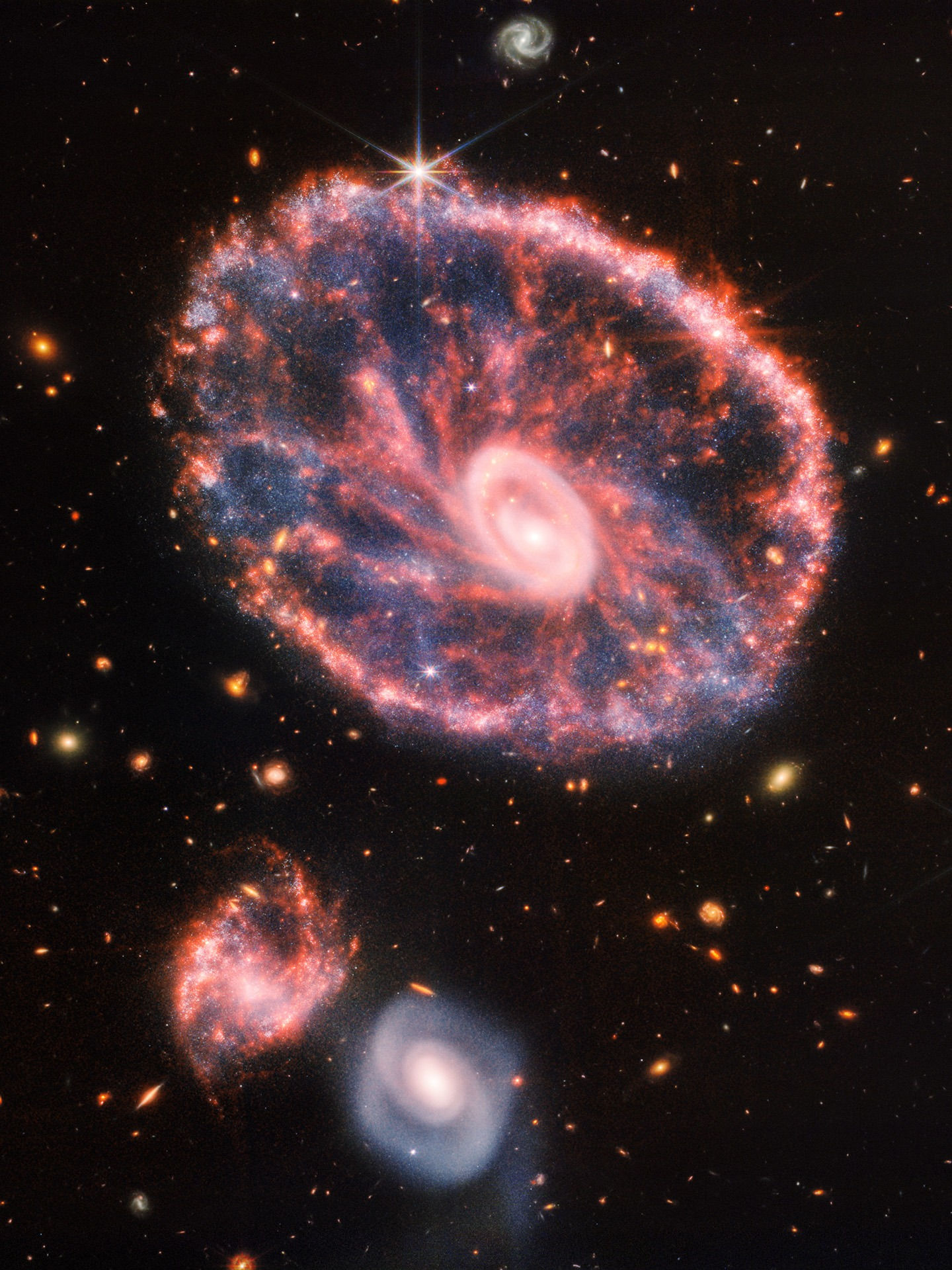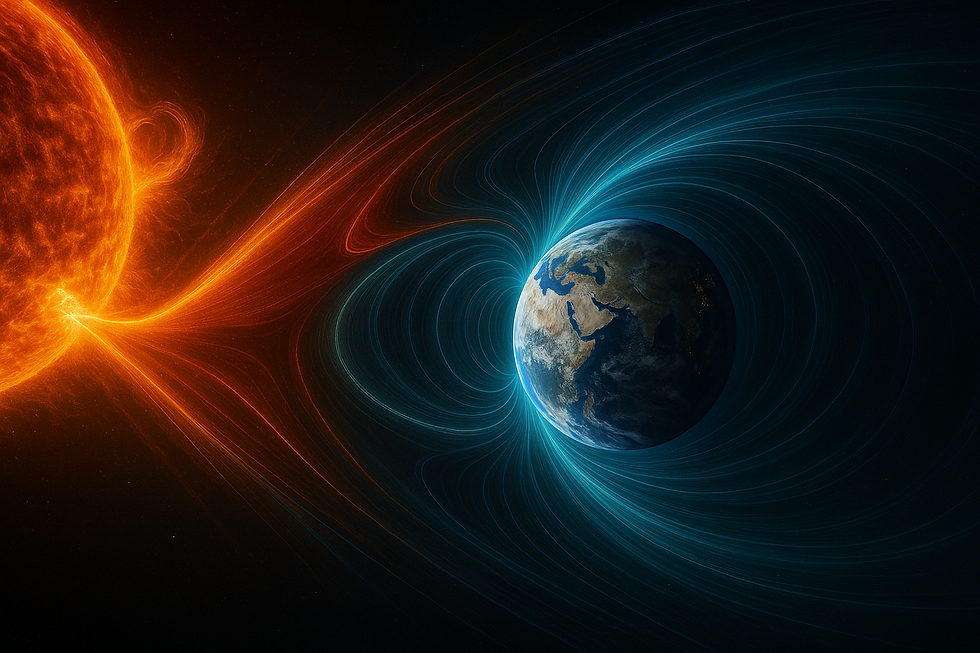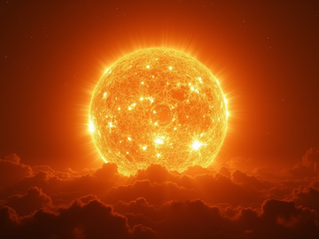What is a Planetary Alignment and Why is the one on March 28, 2023 Significant?
- Prof.Smith

- Mar 27, 2023
- 2 min read

A planetary alignment is when two or more planets appear to line up in a straight line when viewed from Earth. On March 28, 2023, five of the eight planets in our solar system (Jupiter, Mercury, Venus, Uranus, and Mars) will align and be visible together in the night sky. This alignment is significant because it is rare for so many planets to be visible together in this way, and the next alignment featuring this many planets won’t occur until 2040. This is a great opportunity for stargazers to observe the solar system's planets in one night and see some of their features through binoculars or a telescope. In addition to the planets, other celestial objects such as Earth's moon and star clusters like the Pleiades and Messier 35 will also be visible.
“You get to see pretty much the whole solar system in one night,” UCLA astronomer Rory Bentley stated.
The last time all of the planets were visible in the sky simultaneously was in December 2022. In general we can highlight the following interesting remarks for planetary conjunctions.
Planetary conjunctions involving Venus, Mars, Jupiter, and Saturn will continue to occur on a regular basis. These planets are the brightest objects in the sky after the sun and moon, so their conjunctions are often visible to the naked eye.
The distances between the planets during a conjunction can vary significantly, from just a few degrees to over 20 degrees. The closer the planets are to each other, the more impressive the conjunction will appear.
Planetary conjunctions are best viewed from a location with a clear view of the sky, away from city lights and other sources of light pollution. A telescope or binoculars can also be used to get a closer look at the planets during a conjunction.
When a planetary conjunction occurs, the planets will not actually be physically close to each other. They will appear to be close because they are all on the same side of the sun, as viewed from Earth. However, the distances between the planets are vast, with the average distance between Earth and its nearest neighbor, Venus, being about 26 million miles. It is important to note that the planets do not orbit the sun in perfectly circular orbits, but rather in elliptical orbits. This means that at certain times, the planets will be closer to the sun and at other times they will be farther away. When a conjunction occurs, it is because the planets are at a point in their orbits where they are relatively close to each other, as viewed from Earth. While a planetary conjunction is a rare and interesting event, it does not have any significant impact on the solar system or on the Earth. The planets continue to orbit the sun and follow their own paths, regardless of their alignment with respect to each other.












































































































Comments